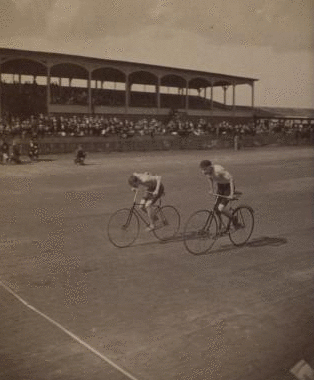
GIF made with the NYPL Labs Stereogranimator
L. A. W., bicycle race, safety, the finish. 1865?-1880? 1890
A little random cycling fun from New York Public Library - for more, look here.
Yikes.
When the first diamond frame bicycles became popular in the 1890s they were often called "wheels" - the national cycling association was called the "League of American Wheelmen." We have moved from "wheels" to "bikes," but the bicycles have remained remarkably the same over more than 100 years - elegant in their efficiency and simplicity. And many of the issues that we think are new? They were around then too.

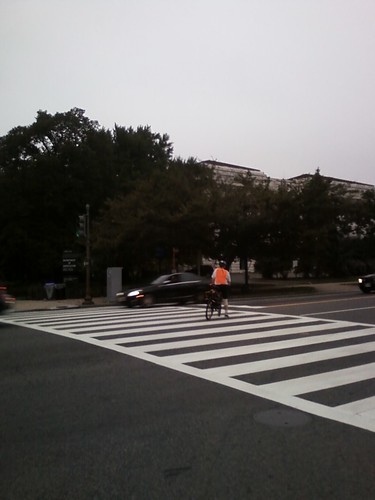

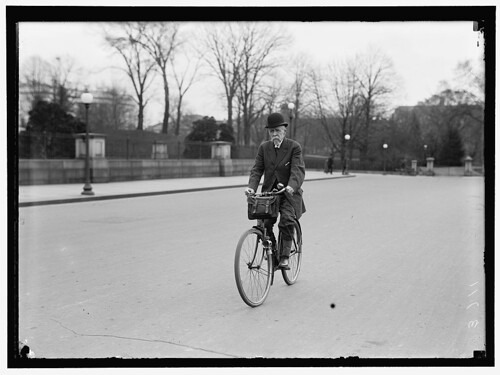
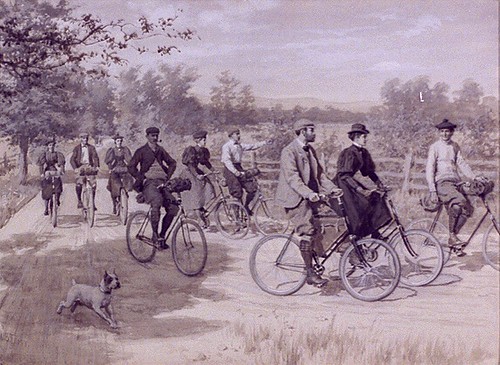
The road rights and liabilities of wheelmen, with table of contents and list of cases.Notwithstanding the absence of much case law, the book runs on for 200 pages. The amount of discussion of which roads are available to riders and why alone makes one feel like perhaps the problems we have now aren't so bad.
Preface - The bicycle as a practical vehicle is comparatively recent. Only within the last decade has this means of locomotion and travel assumed an importance which justifies the statement that it is to-day one of the principal agents of passenger transportation. Its comparative novelty of course precludes the wheel from very extensive notice, as yet, by the courts. Yet bicycle law is not lacking, and is constantly receiving accessions. Many important questions in regard to the rights and liabilities of bicyclers are daily arising, and a solution of these is frequently sought by resort to the judicial tribunals. Few of these suits ever reach the courts of last resort; and in consequence the reported cases are not rich in bicycle law, though they contain enough upon the subject to pretty clearly define the status of the wheelman.

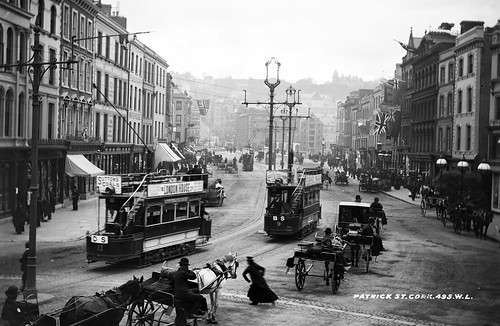
From the first my impressions have been always in favor of cycling, and, to some extent, the expression of that favor on certain public occasions has, I think, helped to popularize the movement. I believe the exercise has been of the greatest service to large numbers of people. It has made them use their limbs; it has called out good mental qualities, and it has taken away from close rooms, courts and streets, hundreds of thousands of persons who would otherwise never have had the opportunity of getting into the fresh air and seeing the verdant fields and woods, the lakes and rivers, and the splendid scenery that adorn our land.So far so good, assuming one can live with this sort of writing style. He soon transitions from positive comments about cycling, however . . .
There are dangers from cycling. The first is the danger of teaching the practice to subjects who are too young. Properly, cycling should not be carried on with any ardor while the body is undergoing its development — while the skeleton, that is to say, is as yet imperfectly developed. The skeleton is not completely matured until twenty-one years of life have been given to it.
. . . . .
We see these errors particularly well marked in the young, now that the cross-bar system of the cycle has come so generally into use. The tendency in riding is for the body to bend forward so as to bring itself almost into the curve of the front wheel, and in this position many riders hold themselves for hours, and the spine more or less permanently assumes the bent position. In plain words, the column becomes distorted, and through the whole life affects the movements of the body.

There is often developed in the cyclist a general vibratory condition of the body which is mischievous and is shown in various acts of movement and thought. There are certain unconscious or semi-unconscious movements of the body which become sensible to the subject himself at particular moments when great steadiness is called for, as, for instance, when sitting for a photograph. There is also shown an over desire for rapidity of motion, as if it were necessary at every moment to overcome time and curtail distance by labor of an extreme degree. Lastly, there is developed a kind of intoxication of movement which grows on the mind by what it feeds on and keeps the heart under the impression that it is always requiring the stimulation of the exercise.
Title Stanford University, California
Created/Published United States : Edison Manufacturing Co., 1897. Format Film, Video Dates 1897 Location California, Palo Alto Language English Subjects Bicycles, California, College Buildings, College Students, Cyclists, Palo Alto, Palo Alto (Calif.), Stanford University, Stanford, Leland, Universities and Colleges From the Library of Congress, http://www.loc.gov/item/00694307
From F.Z. Maguire catalogue: Taken at the above University, noted the world over, being the personal gift of the late Senator Leland Stanford. The view shows an immense arch in the background through which are seen coming groups of students, some walking, others on bicycles. The figures show life size, clear and distinct. The ivy covered walls of the building form the background to a pleasing picture.
The video doesn't have much cycling action, but the whole thing (not including the LoC "bumpers" (ie, branding) doesn't last a full minute. There are two cyclists seen at the beginning, casually riding with those on foot, and one just barely visible at the end.
This player has "embed" code available directly from the LoC site, which is nice. I guess. But it isn't a player that works with an iPad, so I am actually not so crazy with it, particularly since the same video is available on the LoC YouTube channel and can be more easily embedded from there and plays on an iPad.
Same video but from YouTube